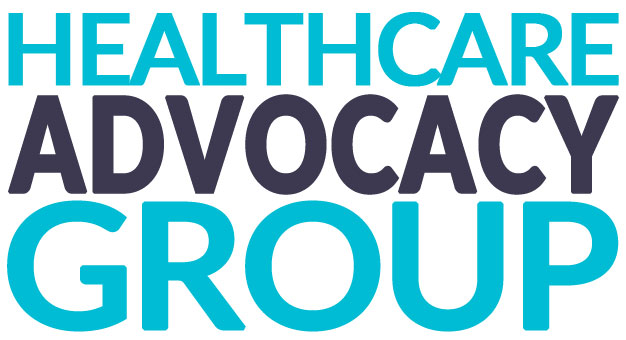Chemical & Toxic Exposure
Clean water is one of the basic necessities of life. When our tap water is contaminated, daily activities like cooking, bathing, and eating can seriously endanger our health.
When companies pollute drinking water by dumping chemicals into local waterways, or through releasing chemicals into the air or soil that contaminate our groundwater and eventually our drinking water, individuals, businesses, and communities may be able to hold them accountable by filing a lawsuit.
HOW IS DRINKING WATER CONTAMINATED?
Public drinking water can be contaminated in a number of different ways.
- Groundwater contamination: Chemicals can seep from products like pesticides and firefighting foams into the ground, eventually contaminating groundwater. Toxic groundwater can then stream into larger bodies of water like rivers, especially when the area floods.
- Waste removal: The most obvious way that companies contaminate water is when they dump their waste into soil, pits, lagoons, or waterways near manufacturing plants.
- Aboveground and underground storage tank failure: Oil refineries, manufacturing plants, and farms often use large containers to store chemicals or waste. When these storage tanks leak, the surrounding soil and groundwater are quickly contaminated. During Hurricane Harvey, damaged storage tanks leaked 145,000 gallons of fuel and other contaminants.
- Water treatment: In Denmark, South Carolina, the state government added HaloSan, a chemical that isn’t approved by the EPA, to drinking water wells to combat a naturally occurring iron bacteria. The EPA identified HaloSan as an eye and skin irritant in a 2007 risk assessment report.
- Insufficient water treatment: Failure to properly treat water can also have consequences. Naturally occurring elements like heavy metals can become a public health threat if they aren’t filtered out of our water.
- Lead-based pipes: Older lead-based pipes can contaminate drinking water with lead—a heavy metal linked to lowered IQ and stunted growth. This was the cause of the Flint water crisis.
WHAT ARE COMMON WATER CONTAMINANTS?
Heavy metal toxins are among the most common drinking water contaminants. These include lead, mercury, arsenic, and chlorine.
Man-made chemicals used to make everything from pesticides and plastic to nonstick cookware coating and fire-repellant foams can also contaminate public drinking water.
One family of chemicals—perfluorinated chemicals and perfluorooctanoic acids, or PFCs and PFOAs—have allegedly created what the Environmental Working Group (EWG) calls a “drinking water contamination crisis.” These chemicals are used to make waterproof and stain-resistant materials, teflon nonstick cookware, and firefighting foams. PFCs and PFOAs are a particular environmental and health nightmare because they remain in the environment for a long time and accumulate in the bodies of humans and animals, so if they ever breakdown, they do so very slowly.
Research conducted by the EWG and Northeastern University found that 15 million Americans have PFC- or PFOA-contaminated tap water. They warn that the chemicals may cause cancer, thyroid disease, or weakened immunity.
Have You Been Injured? We Are Here To Help!
Contact Us Today!
Fill out the form below, or contact us directly at (713) 952-2500.
SUFFERING FROM OTHER INJURIES?

Wrongful Deaths
A wrongful death occurs when a person is killed due to the negligence or other liability of another person or entity. Surviving beneficiaries or dependents may seek compensation from the negligent and responsible party or parties.

Sexual violence
Workplace violence is violence or the threat of violence against workers. The Bureau of Labor Statistics (BLS) Census of Fatal Occupational Injuries

Personal Injuries
When a person is injured by another, through little or no fault of his own, a lawsuit can be brought for compensation.

Lung Cancer
Mesothelioma is a form of cancer caused by exposure to asbestos that affects the lining of the lungs and chest wall.


